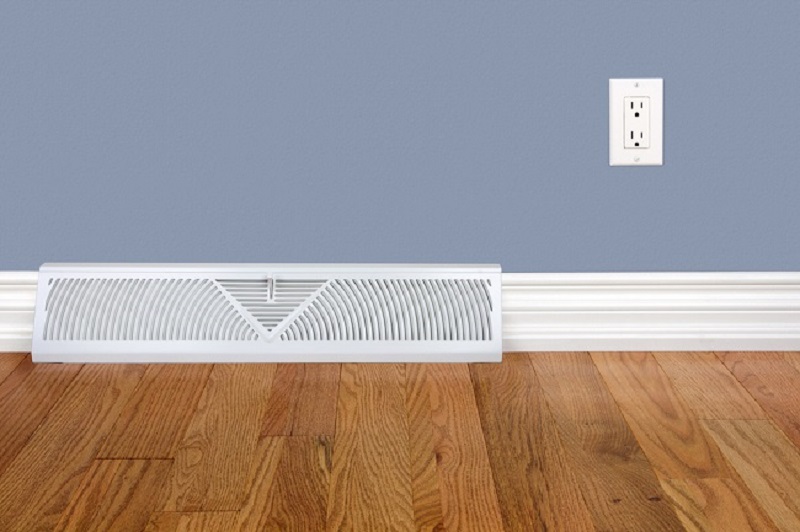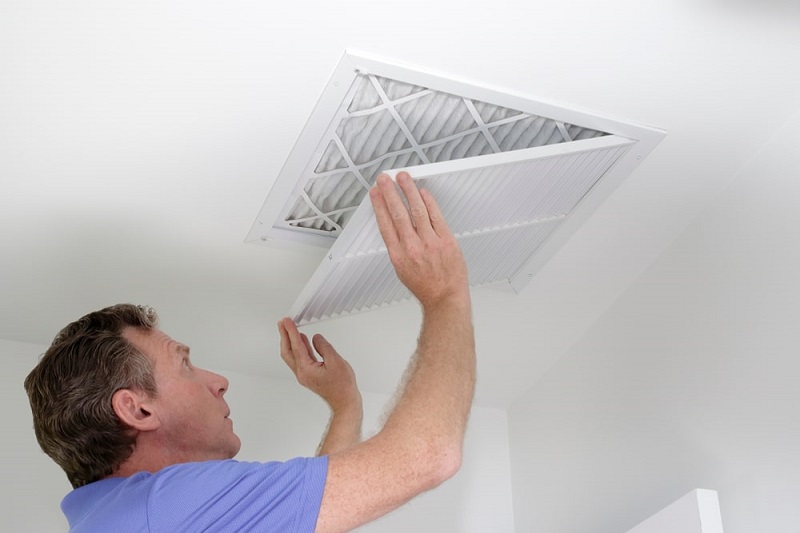Whether you are installing a new HVAC system or simply adding new heating ductingsupplies, here are a few expert tips to help you with the whole process.
-
Slide the seams like a zipper to assemble the metal ducting.
Start assembling the heater ducting supplies by sliding the seams together exactly like that of a zipper. Keep the two edges close to each other and apply downward pressure. It will pop right apart when slammed down on the ground if you need to dismantle the pipe to fix a mistake later.

-
Old tape on your metal ducting do not need to be removed.
Do not waste your time on peeling off the pre-existing foil tape on the Heater ducting supplies fittings if you need to dismantle them. Simply start working straight on the screws through the tapes after scoring them at the seams with a knife. You can then simply put a new layer of tape right over the existing one after cleaning the dust off.
-
Adjust airflow by installing dampers at the registers
While adding heater ducting supplies in your basement, ensure that the dampers and registers are as close to, each other as possible if not directly next to the register. This will enable you to access the register for any adjustments later. A 4x 10-in boot is a good choice which allows you to fit your hand comfortably in them for damper adjustments and for more options in grate covers.
-
Seal the elbow (take-off)
Merely taping the elbow (take-off) is not enough. The connection between the trunk line and an elbow need to be tightly sealed off before they are connected with pipes. This will enable you to seal above the elbow by simply turning it off.
-
Construct curves by moving one ring at a time
To make installing heater ducting supplies much easier for you, we recommend moving one elbow ring (gore) at a time. This will help you from the tiresome and puzzling job of getting an elbow to point at the right direction after resolving the correct combination to turn it in. Also, try avoiding 90 degree turns unless you absolutely need to.
-
Complete but joints by using draw band connectors.
While connecting two fixed parts with a pipe, create a butt joint on one side and then proceed to overlap the other side as you usually do. Complete the butt joints with a draw band connector.
-
Support bracket and screws to reduce noise and movement
To ensure that the pipes don’t rattle when the floors above are walked upon by screwing the joist hanger and the pipe. To give you pipes the support it need, adjustable steel support brackets are an ideal choice as they are easy and quick to work with. Use 3 galvanized zip screws that are designed for sheet metal, for each and every connection.
-
When replacing a ductwork, a hole cutter can be of great help.
When replacing heater ducting supplies, it might be prudent to invest in a hole cutter for sheet metals if you are working with close quarters which cannot be dealt with a right-angle drill or attachment. If you want to avoid taking down the whole trunk line you should buy a hole cutter which are available online for about 65 dollars.

-
Keep the writing on the tape on metal ductwork until inspection.
You will have to seal and tape off the seams, if you want to conceal all the ducts of your heater ducting supplies. Here’s a quick tip for taping a seam that is installed close to the subfloor. Start by peeling a part of the backing off. Pull down on the backing after sliding it up over the pipe. This will allow the tape to be pulled out easily. Remember to buy everything with writing on it or simply keep the rolls with you until inspection when the inspectors will want to make sure that only approved tape has been used.
Conclusion
Working with heater ducting supplies can be time consuming and perplexing. With these tips, things will be much easier for you on your next run. Try to follow these tips to ensure trouble free and long-lasting ductwork that will also save you a lot of money on your bills.



